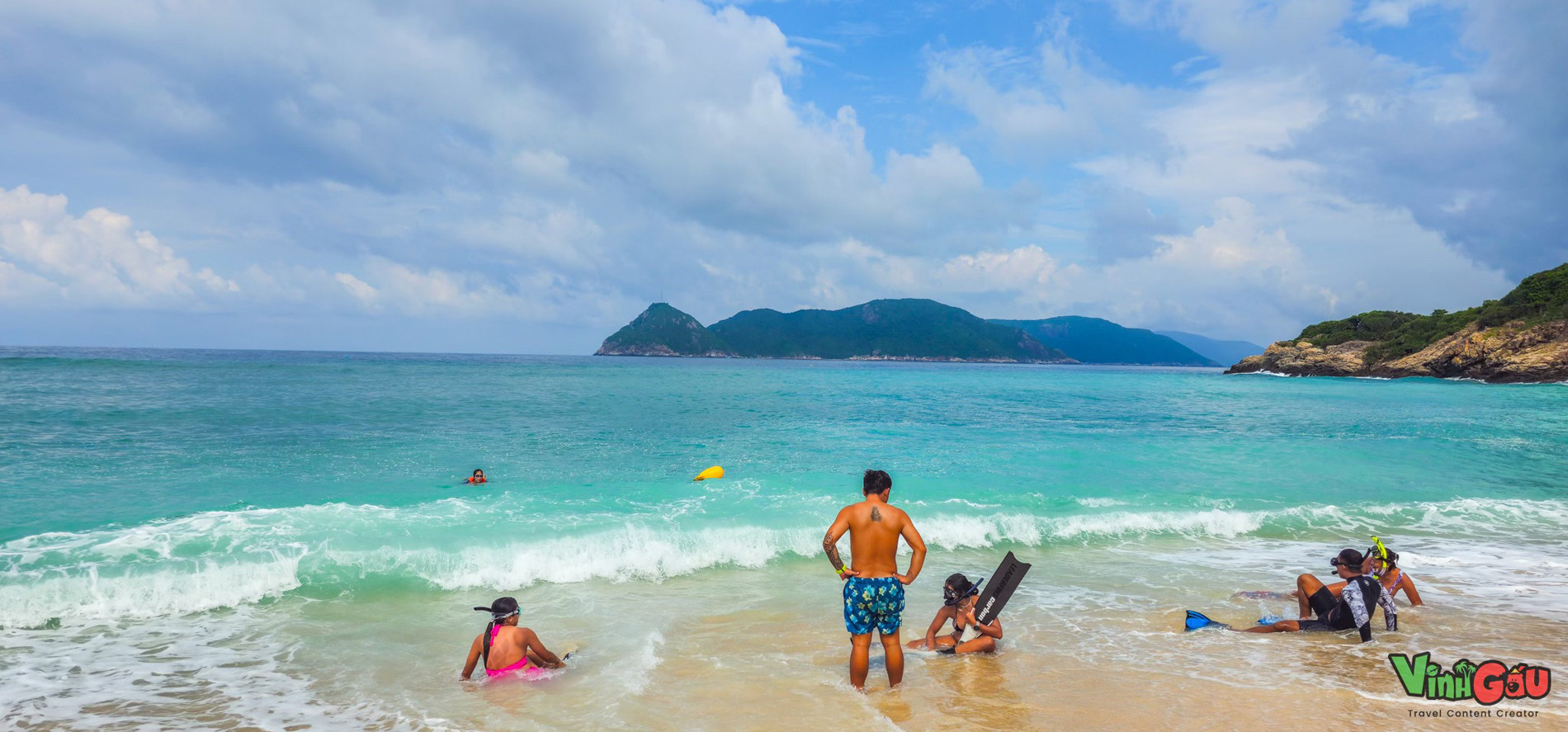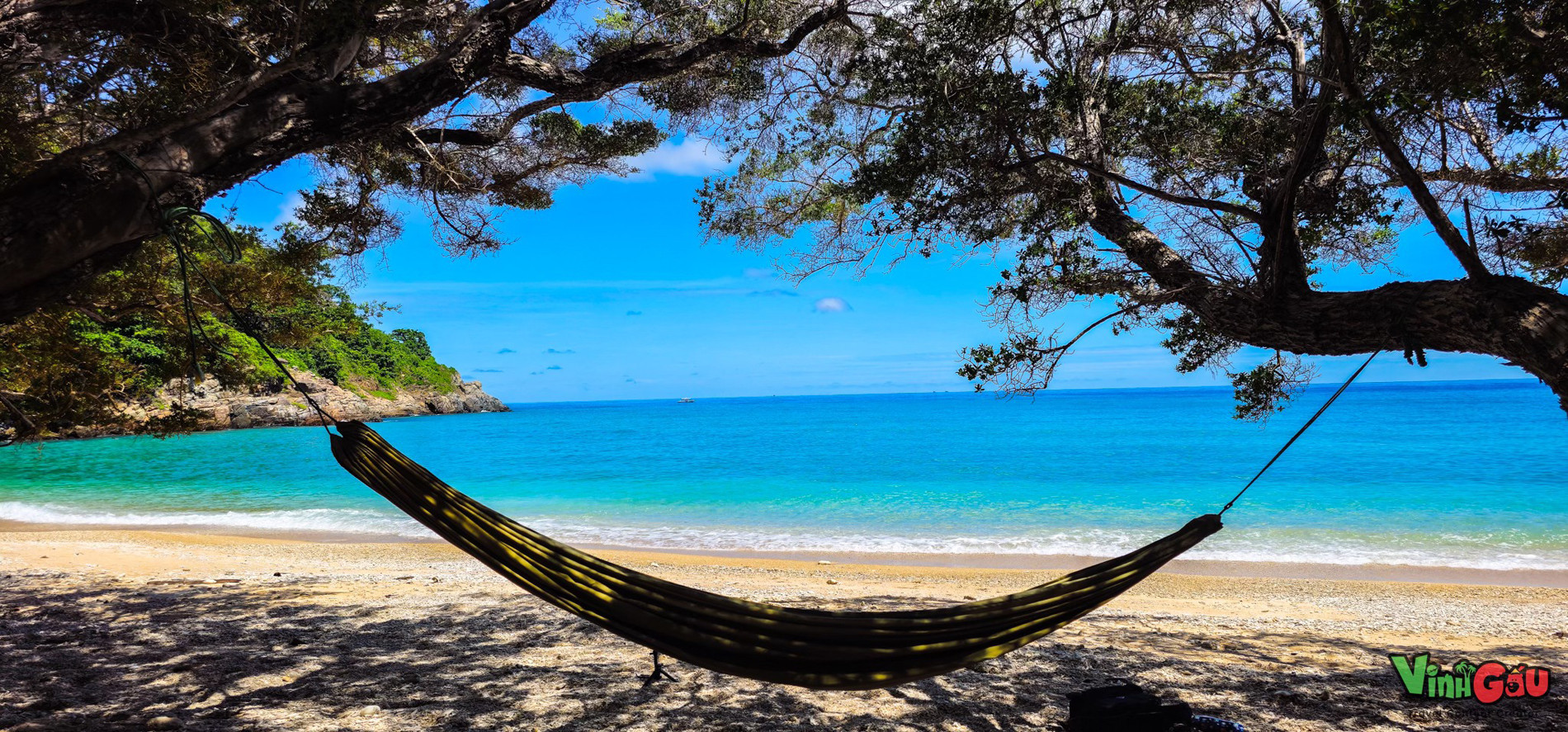Thao Trinh
Hon Cau (Cau Islet) in Con Dao is acclaimed not only for its picturesque landscapes that are often described as “a paradise on earth,” but it has also become a popular destination for young people to engage in sea turtle conservation activities.
Vinh Le, a content creator from Ho Chi Minh City, recently spent seven days as a volunteer in the sea turtle conservation program organized annually by Con Dao National Park and the World Nature Conservation Organization (IUCN).
Vinh has participated in similar conservation efforts across various coastal regions in Vietnam including Ninh Thuan, Cu Lao Cau (Binh Thuan), Bay Canh (Con Dao), and Bai Duong (Con Dao). He finds each location offers unique and enriching experiences, but more importantly, allows him to contribute to the preservation of these rare creatures.
"Once while diving in Bali, I encountered many sea turtles. It made me wonder when I would see them in Vietnam and led me to discover this conservation program," Vinh shared.
Hon Cau is the second most frequented nesting site for sea turtles in Con Dao, next to Hon Bay Canh. The mother turtles usually come ashore to lay eggs at night during high tide, which is when the volunteers begin their shifts, depending on the tide schedule.
During the peak season from April to November, certain beaches in Con Dao National Park see up to 20 mother turtles nesting each night. On average, a mother turtle lays about 80 eggs, though there have been cases where over 200 eggs were laid.
The volunteers, including Vinh, start their nights at the beach early, moving gently over the sand, following the tracks left by the turtles to determine the nesting sites. After a turtle has laid her eggs, the volunteers relocate the eggs to a hatchery to protect them from human interference or predation.
The hatchery areas are divided into shaded and unshaded sections to balance the sex ratio of the hatching turtles, as the surrounding temperature can determine their sex. Typically, temperatures above 29 degrees Celsius favor the birth of female turtles.
"Some nights, we have 40 mother turtles coming ashore. The record for our group is moving 31 nests in one night," said Vinh.
The eggs usually hatch within 45 to 60 days. The volunteers then release the hatchlings into the sea, ideally between 6 am and 8 am before the sun gets too high. They place the hatchlings about 2-3 meters from the sea to allow them to make their way to the water. This journey is crucial as the hatchlings imprint this location to return over two decades later when they are mature to lay their own eggs.
Visitors to Con Dao can participate in tours to observe these magnificent creatures during the nesting season from July to October. They are also advised to bring life jackets, rent snorkeling gear, and carry mosquito repellent for safety and comfort.
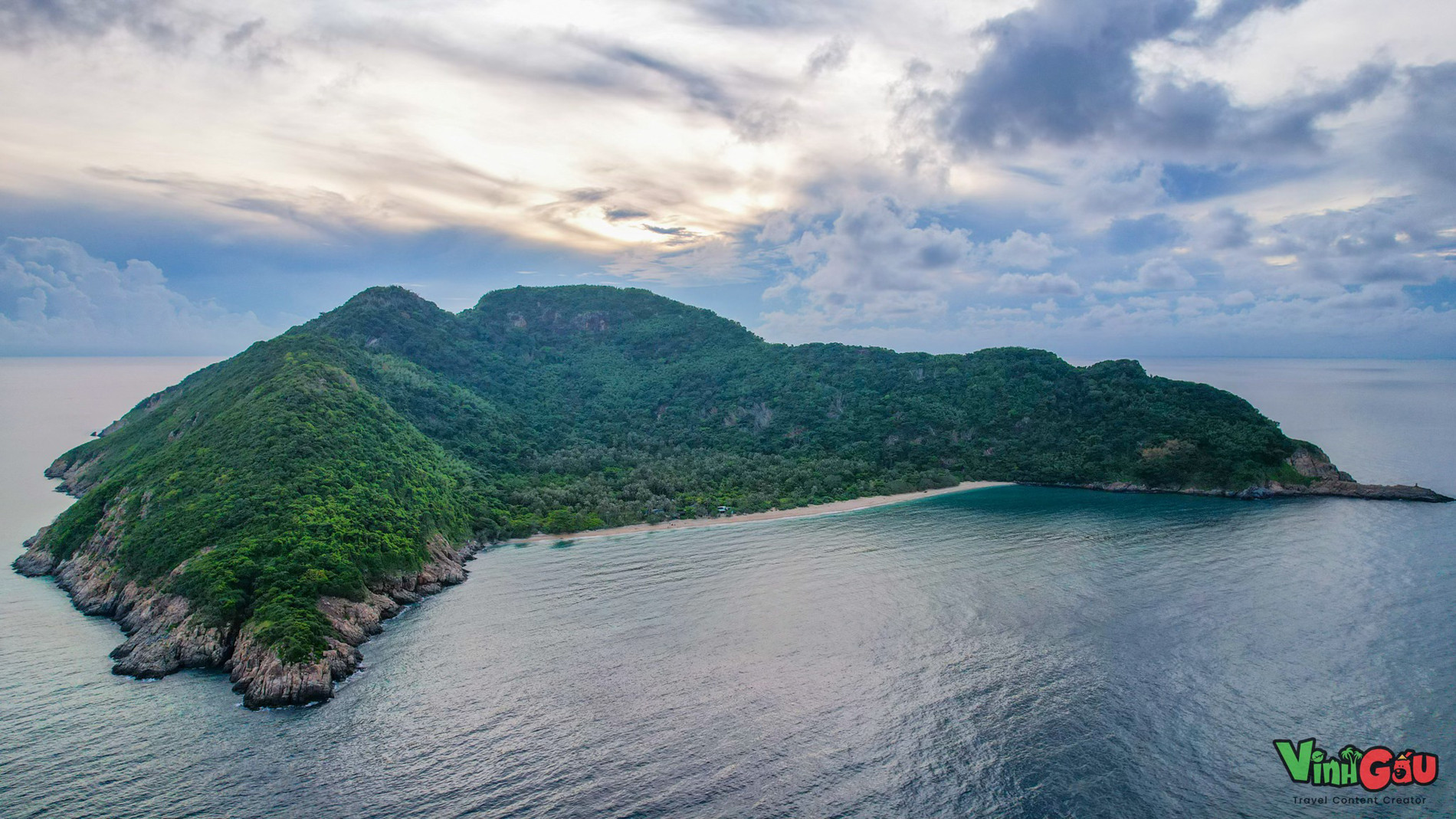

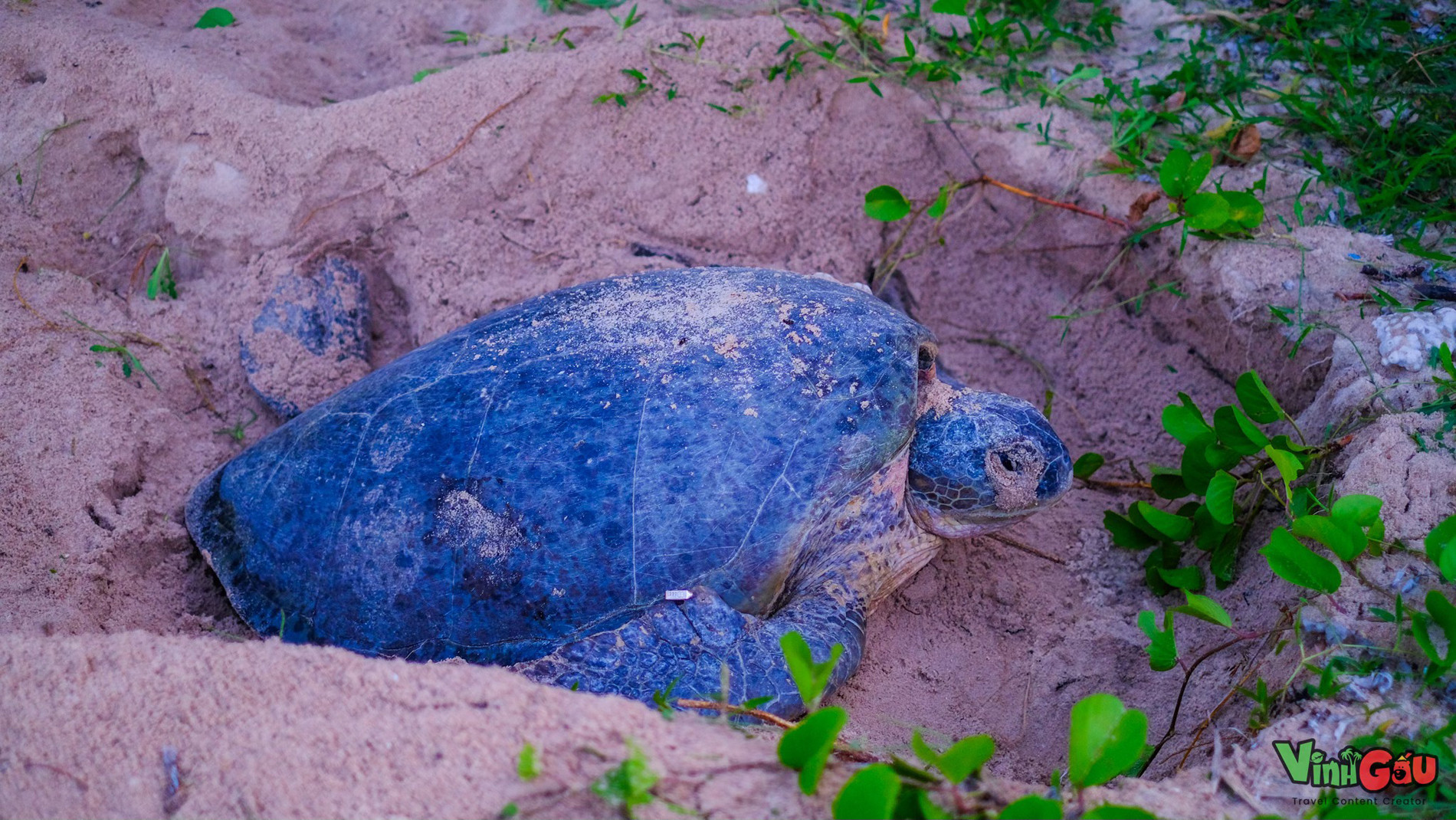
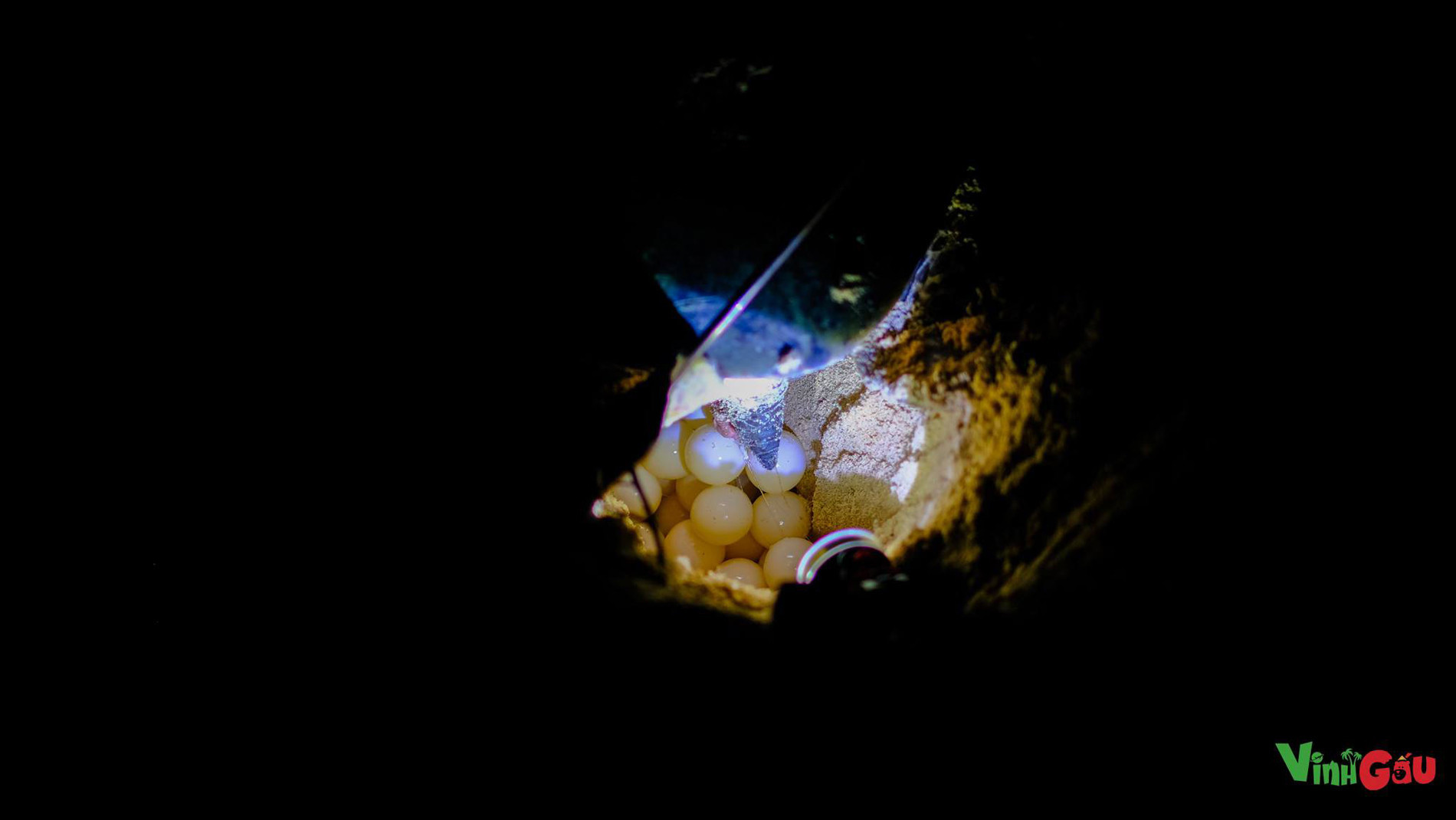
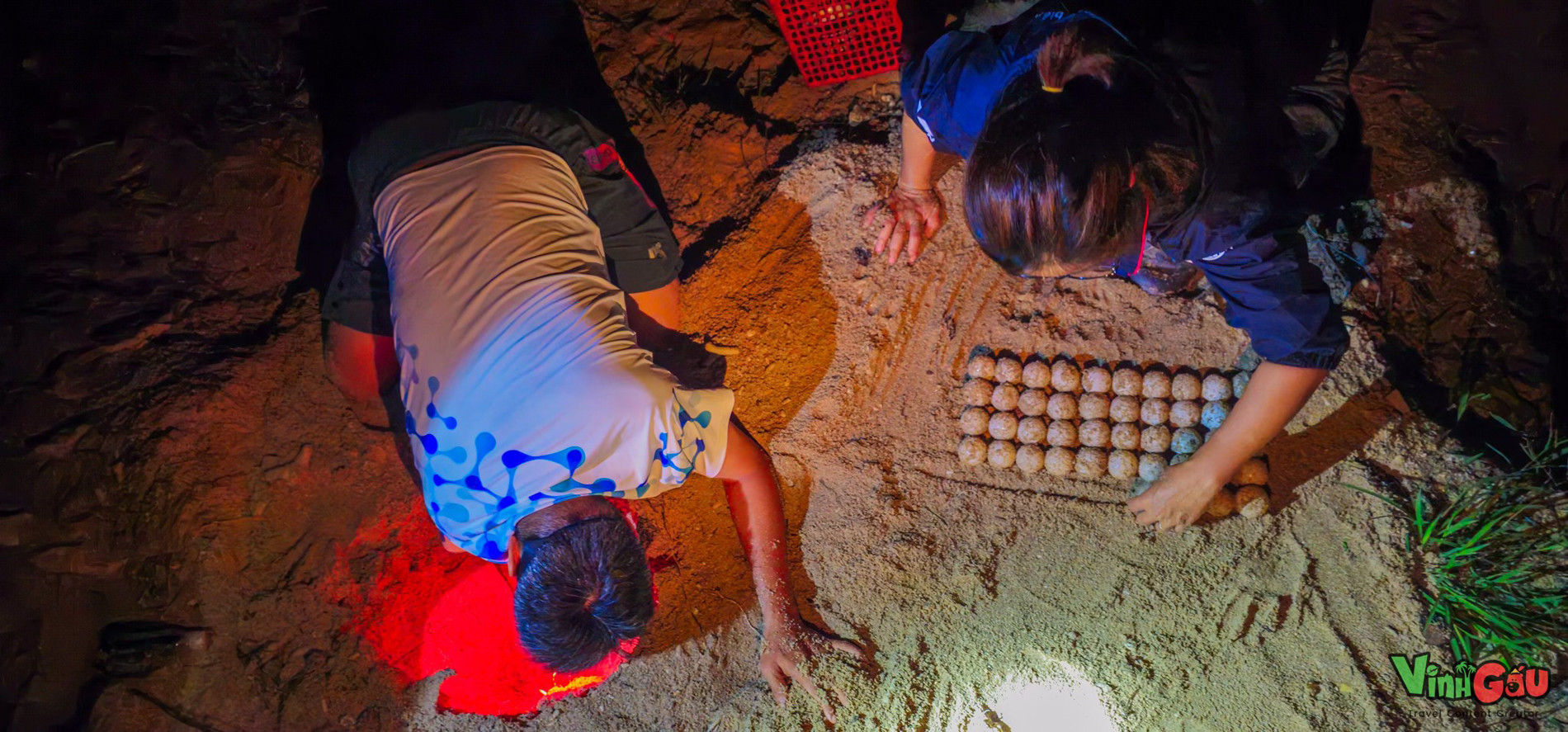
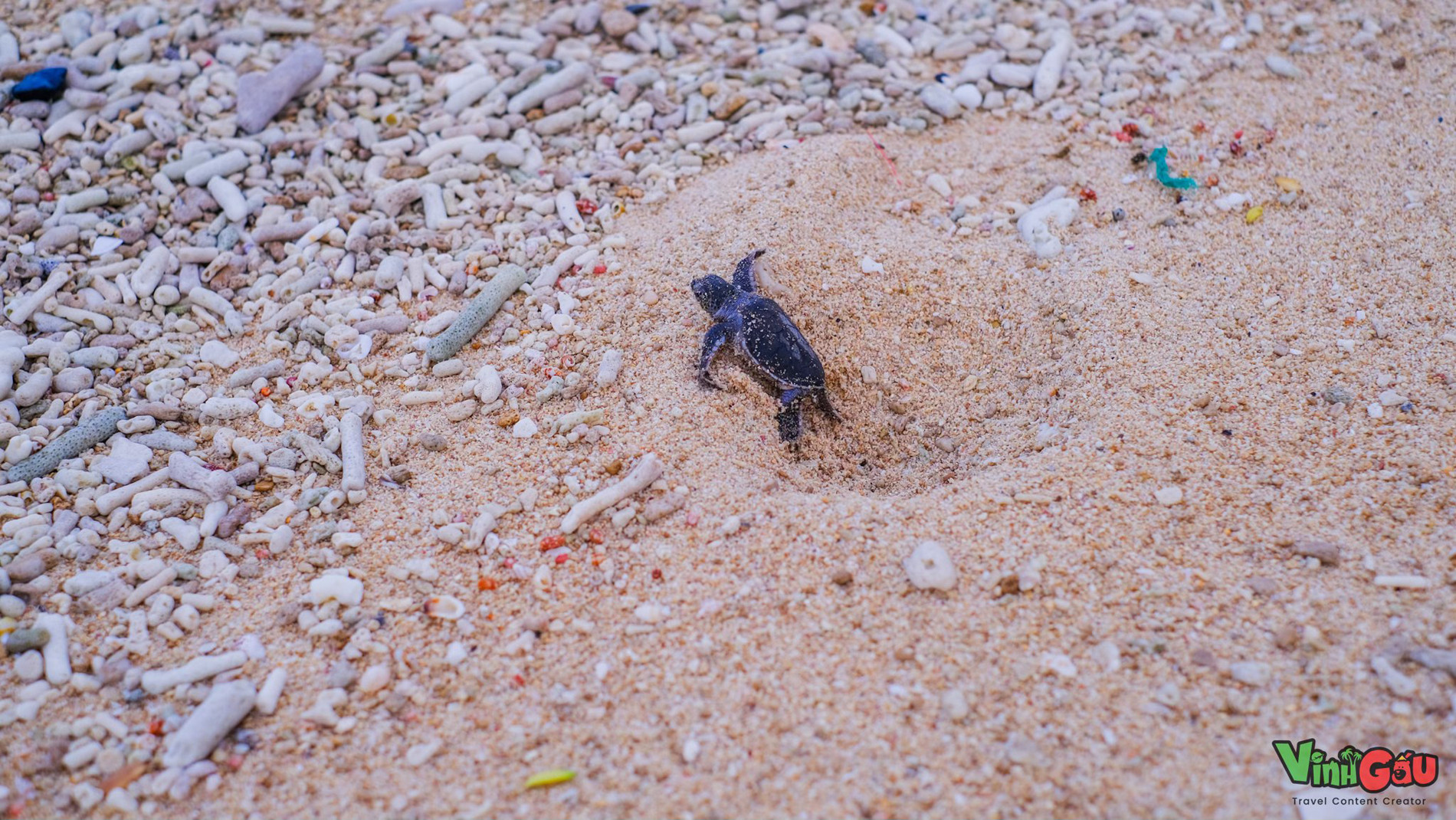
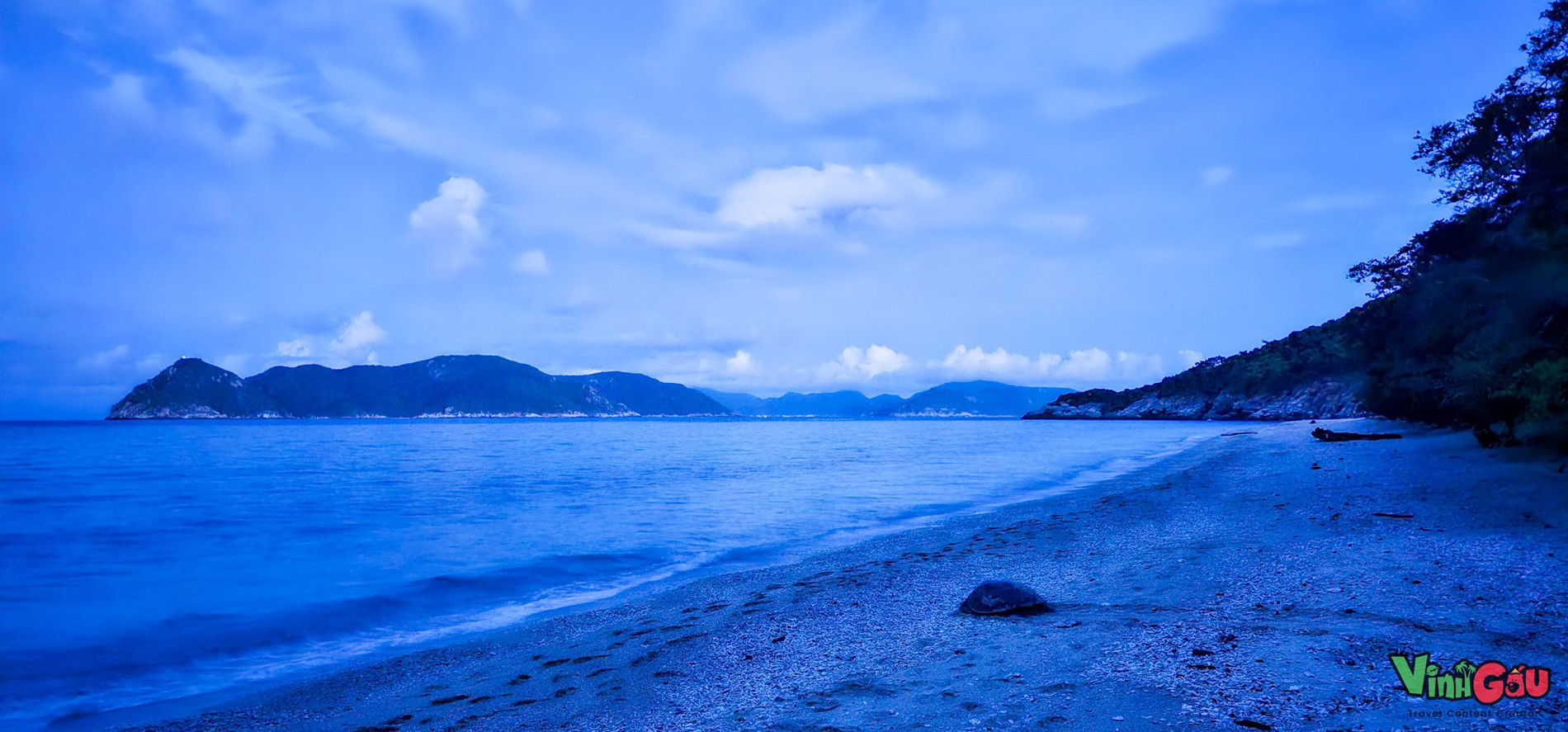
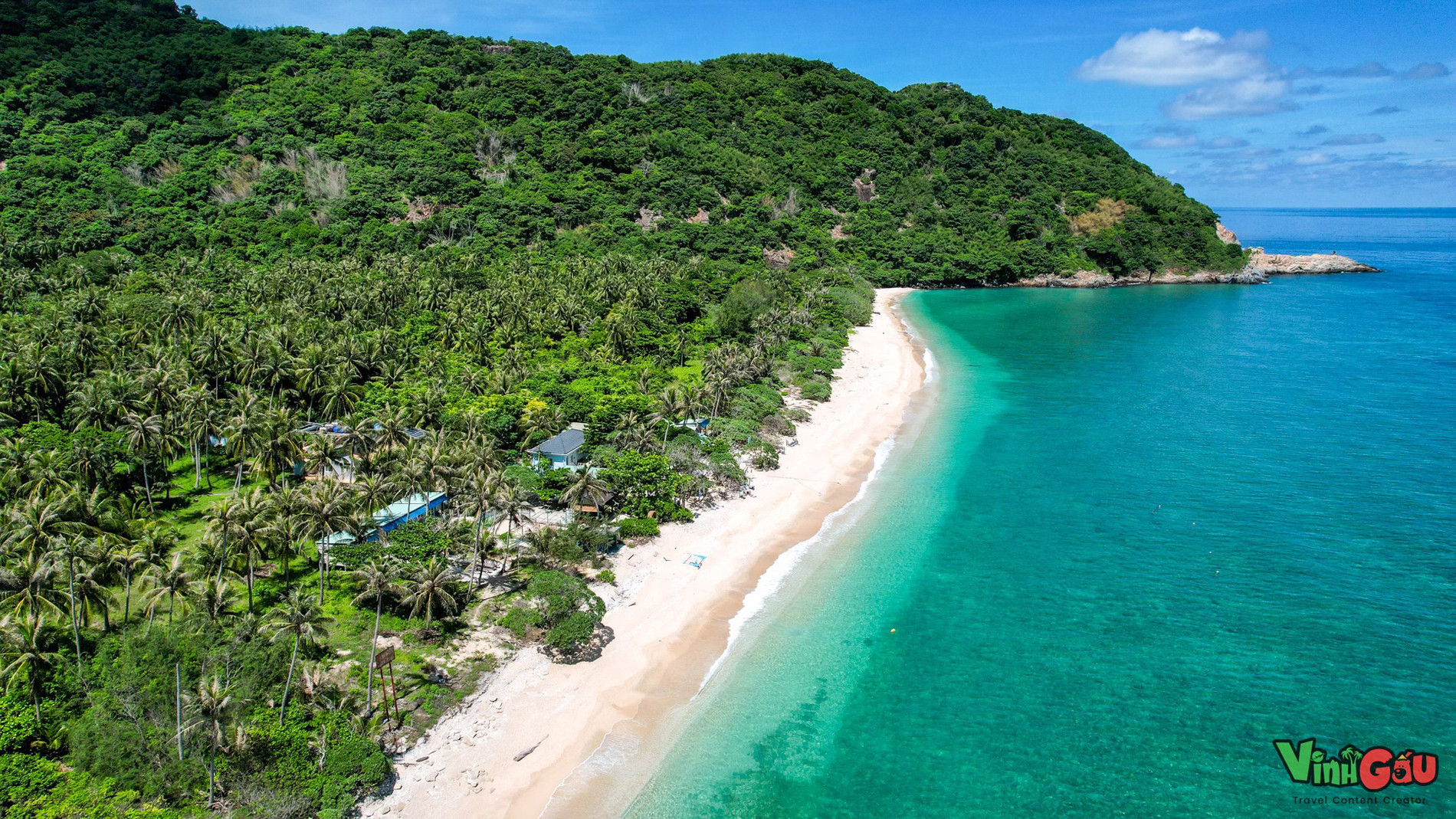 |
 |
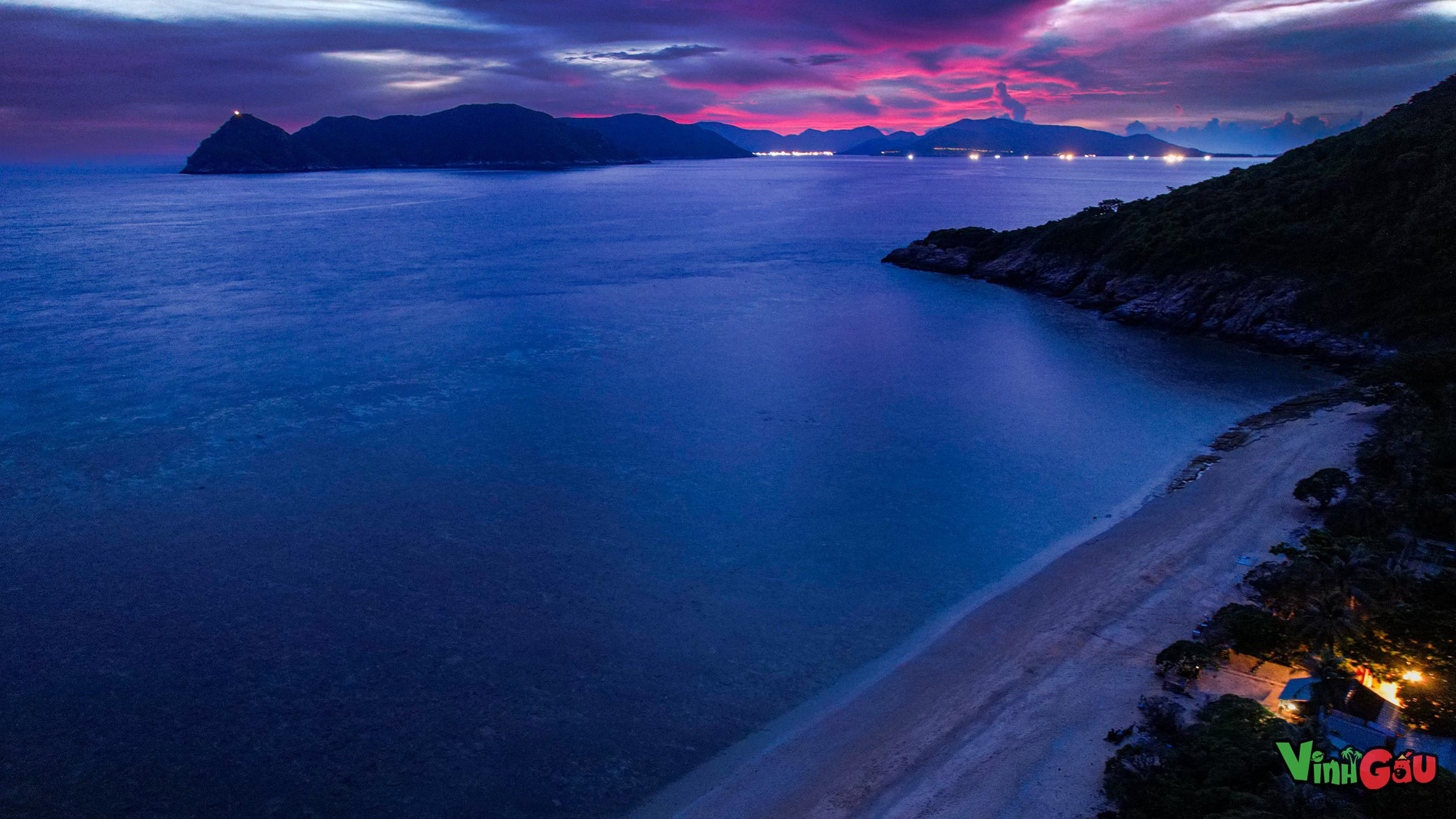 |
 |
